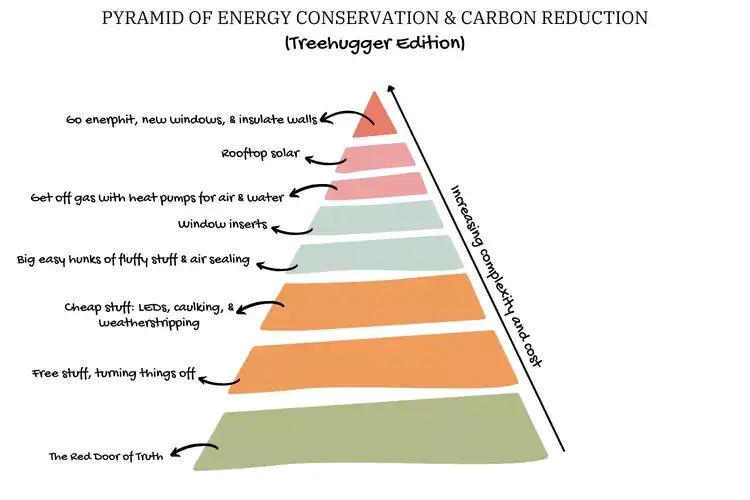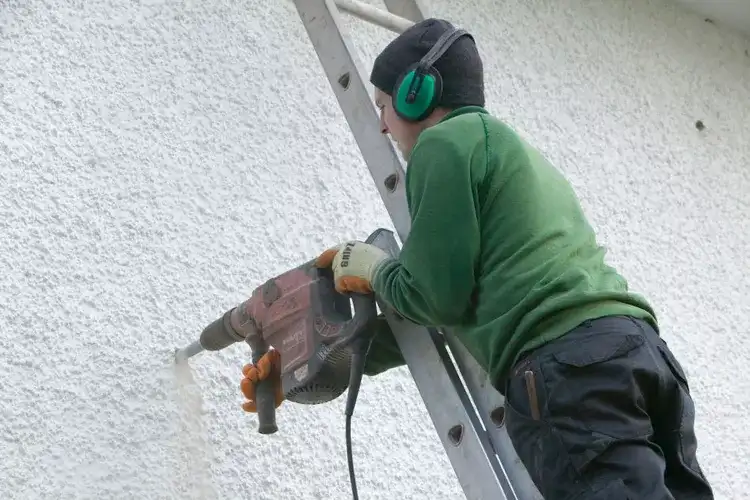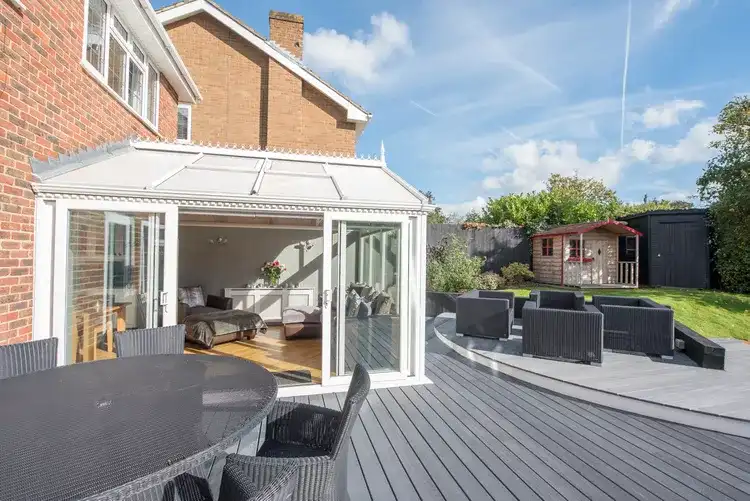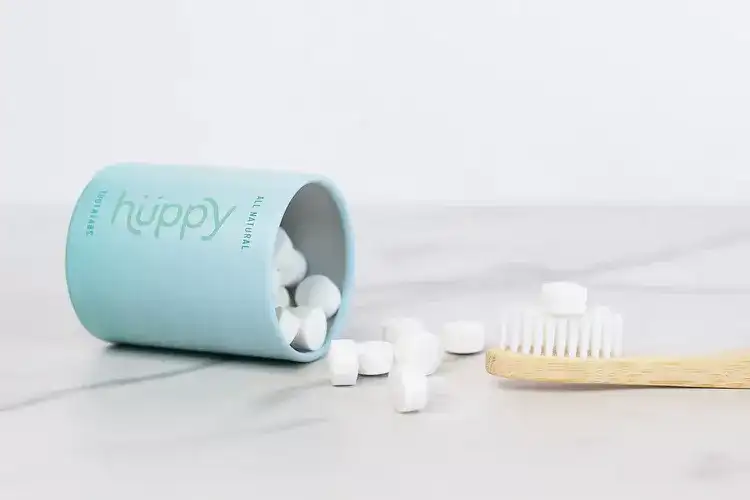Insulation’s Short-Lived Savings: What the Data Reveals
A landmark study from the University of Cambridge tracked gas consumption in 55,000 homes over 12 years. While insulating attic spaces and cavity walls brought small short-term reductions 7% less gas use in the first year after wall insulation, and just 4% for attic insulation these benefits vanished within a few years. By the fourth year, gas use had nearly returned to pre-insulation levels.
Researchers identified a familiar culprit: the rebound effect. After adding insulation, many residents simply turned up the heat, left windows open longer, or expanded their homes with new additions. In houses with conservatories or greenhouses, there were no energy savings at all.
The Rebound Effect: Comfort Over Consumption
The rebound effect isn’t new. When comfort and health improve, many homeowners opt for warmer temperatures or more living space, erasing the expected energy gains from insulation. The effect is most pronounced among vulnerable households, where higher comfort is often prioritized over lowering bills one of the core goals of many government retrofit programs.
“The phrase ‘rebound effect’ in itself annoys me, as though people improving their comfort and health was a bad thing and somehow undermining the effectiveness of the policies.” — Passivhaus journalist Kate de Selincourt

Why Shallow Retrofits Fall Short
Much of the problem comes down to how insulation is installed and the broader context of Britain’s housing stock. Air leakage drafts, gaps, and unsealed areas often accounts for up to 40% of total heat loss in a typical British home. Walls and ceilings combined make up a smaller share of total energy waste, so simply adding insulation without addressing air-tightness has limited effect.
Common retrofit methods, like injecting beads into cavity walls or fluff into attic floors, rarely include blower door tests or skilled sealing. As a result, heat continues to escape through cracks, and the expected drop in gas use never materializes.
Where Does Heat Escape From a Typical Home?
- Walls: 10% of total heat loss.
- Ceilings: 10%.
- Windows and doors: 10%.
- Basement (where present): up to 30%.
- Air leakage: 30–40%.
The Way Forward: Comprehensive Retrofits and New Technologies
The real solution, experts agree, is not to give up on insulation, but to go much further. Every house needs a customized, whole-building retrofit plan: airtightness testing, professional installation, proper ventilation, and appropriate materials. A piecemeal approach rarely works.

The Cambridge researchers also urge a push for heat pumps alongside insulation. When gas prices are high, the rebound effect is less of a problem, but for true, long-term carbon savings and energy security, homes must shift to efficient electric heating.
“All insulation products reduce heat loss, but can only result in energy savings if the appropriate materials are chosen and installed correctly. Each home needs a whole-house retrofit plan (skilled assessment, design & installation) to ensure a comfortable healthy home without turning up the thermostat.” — Debbie Mauger, Alliance for Sustainable Building Products
- Combine insulation with airtightness and proper ventilation for lasting impact.
- Consider blower door tests as standard in every retrofit project.
- Integrate heat pump installation for cleaner, more efficient heating.
- Tailor every project to the unique needs of the home and residents.
Beyond Insulation, Toward Real Efficiency
The “rebound effect” isn’t just a statistical quirk it’s a real-world sign that comfort matters, and that better homes require more than quick fixes. Only by addressing the whole house airtightness, insulation, ventilation, and heating systems can we achieve meaningful energy savings, healthier living, and true carbon reductions for the future.





